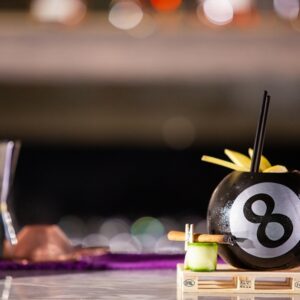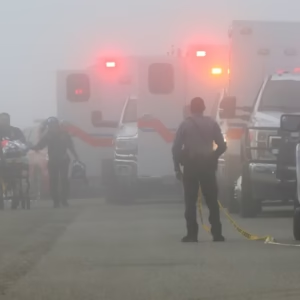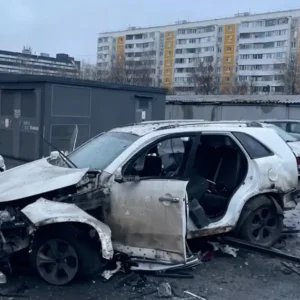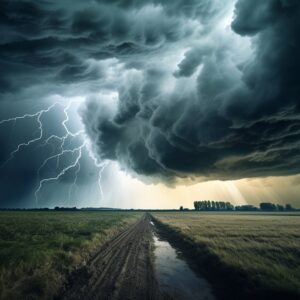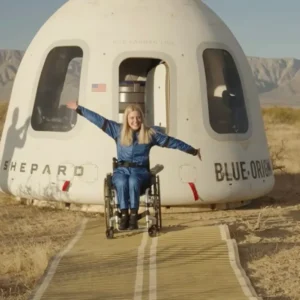VATICAN CITY — The process to elect the next leader of the Roman Catholic Church officially begins Wednesday as the papal conclave opens in Rome. Following the death of Pope Francis on April 21, cardinals from across the globe have gathered to select the 267th pope in a centuries-old process steeped in tradition and secrecy.
Record Number of Cardinal Electors to Cast Ballots
Of the 220 cardinals currently assembled, 133 are under the age of 80 and therefore eligible to vote — the highest number of electors in conclave history. Notably, 108 of those were appointed by Pope Francis himself.
Europe dominates the pool, with Italy contributing 17 electors, Spain and France five each. North America brings 16, including 10 from the U.S., while South America and Africa send 17 and 18, respectively. Asia provides 23, and Oceania four. Argentina, the late pope’s homeland, is represented by four voting cardinals.
Top 10 Must-Read Books: A Guide to the Hottest Page-Turners
Sacred Rituals Begin in St. Peter’s and the Sistine Chapel
The day starts with a mass at St. Peter’s Basilica at 10 a.m. local time, where all 220 cardinals will be in attendance. That afternoon, voting cardinals will proceed from the Pauline Chapel to the Sistine Chapel around 4:30 p.m., where the voting officially begins.
The conclave commences with the declaration of “extra omnes” — Latin for “everyone out” — and the doors are sealed. From then on, silence and secrecy reign. Cardinal electors will vote twice each morning and twice each evening until a new pope is chosen by a two-thirds majority.
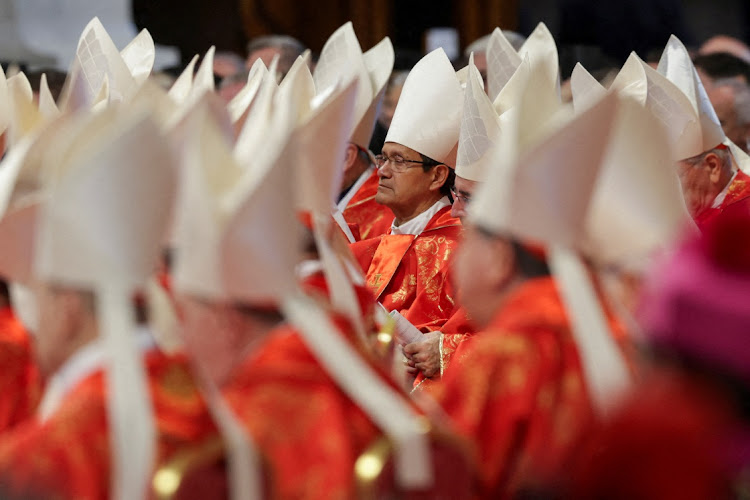
Smoke Signals: The World Watches the Chimney
As tradition dictates, ballots are burned after each round of voting. Black smoke means no decision has been reached; white smoke signals that a new pope has been chosen. The process may end on the first ballot — or stretch over days.
No conclave has lasted more than four days since 1831. If no pope is chosen after 33 or 34 rounds (roughly 13 days), Pope Benedict XVI’s rule triggers a runoff between the top two candidates from the most recent votes. If those candidates are still eligible electors, they may not vote for themselves but will be present for the deciding ballot.
Cardinals Expect a Swift Decision
Cardinal Jean-Paul Vesco of Algiers told media a long conclave would be “unexpected.” Similarly, Cardinal Louis Raphael Sako of Baghdad predicted the process would last “two, three days.”
When asked if he had a preferred candidate, Sako replied, “I have a very clear idea but I cannot say it.”
Front-Runners Emerge as Papacy Speculation Grows
Though any baptized Catholic male is technically eligible, the front-runners are all cardinals. Vatican insiders point to Pietro Parolin, the cardinal secretary of state, and Luis Tagle, the archbishop of Manila, as leading contenders.
American cardinal Robert Prevost is also gaining attention, according to Father James Martin.
Martin emphasized the church will be looking for a rare combination: “someone who is holy, someone who is a good evangelizer who can proclaim the gospel, and someone who is a good manager. Those three things are tough to find in one person,” he said.
No Phones, No Recordings — Total Secrecy Enforced
In line with centuries of tradition, all recording devices and cellphones are banned inside the conclave. Technicians have swept the Sistine Chapel and surrounding areas to ensure no hidden bugs or surveillance devices. The cardinals’ phones will be confiscated before voting begins and returned only after a new pope is elected.
